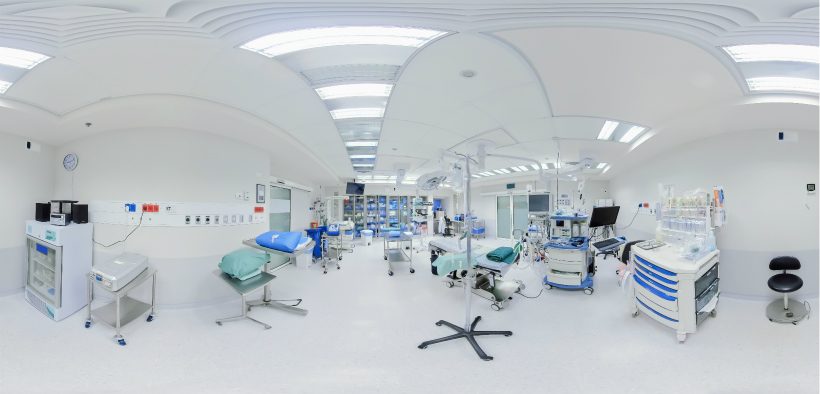Due to the COVID-19 pandemic and subsequent stay-at-home orders, educational content delivery at the University of St. Augustine for Health Sciences (USAHS) transitioned from face-to-face learning to a virtual learning model in March 2020. With this new virtual environment, students at USAHS had limited opportunities to collaborate together in real clinical environments. The Center for Innovative Clinical Practice (CICP) made it our goal to create virtual simulation experiences that promoted student clinical readiness for interprofessional collaboration. The CICP shifted face-to face interprofessional learning experiences to immersive virtual encounters using 360-degree technology. We merged this technology and an interactive “choose your own pathway” platform to create personalized experiences for our students. Students interacted with these virtual learning experiences to make team-based clinical decisions about patient care.
360 Degrees of Learning: Using Immersive Virtual Learning for Teaching

Related Articles
I have two loves: teaching and learning. Although I love them for different reasons, I’ve been passionate about...
Active learning is a mostly meaningless educational buzzword. It’s a feel-good, intuitively popular term that indicates concern for...
Perhaps the earliest introduction a student has with a course is the syllabus as it’s generally the first...
Generative AI allows instructors to create interactive, self-directed review activities for their courses. The beauty of these activities...
I’ve often felt that a teacher’s life is suspended, Janus-like, between past experiences and future hopes; it’s only...
I teach first-year writing at a small liberal arts college, and on the first day of class, I...
Proponents of rubrics champion them as a means of ensuring consistency in grading, not only between students within...







